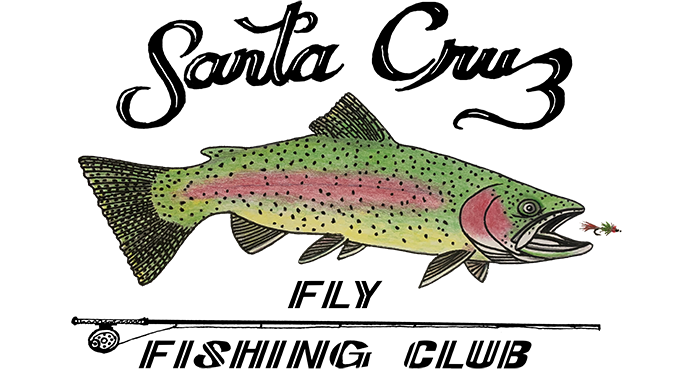Lake Shasta, the largest reservoir in California is 124 feet below its fill line. It is at 36% of total capacity. The last three years have been the worst in the history of the reservoir, which was formed in 1948. While many of California’s reservoirs receive water from snowmelt, Lake Shasta gets 90% from rainfall. Power generation, fish, farmers, municipal water departments are all negatively impacted by restricted flows from Shasta. Central Valley farmers have been reduced to 18% of a normal year’s allocation. However, with one good year of rain, the reservoir can almost fully recover as it did in 1977 when it was down 230 feet. For more on this ongoing story and a short news video go to: https://www.ktvu.com/news/drought-critically-low-water-levels-at-lake-shasta-californias-largest-reservoir
In other news related to the drought and the Sacramento River, the Bureau of Land Management and the U. S. Fish and Wildlife Service are working together to help the winter-run Chinook salmon in the midst of the ongoing drought. The work is taking place at the Livingston Stone National Fish Hatchery directly below Shasta Dam. One of the projects is the installation of chillers to maintain the cold water temperature required for rearing Chinook at the hatchery as the lake water supply warms. For more information, go to: https://goldrushcam.com/sierrasuntimes/index.php/news/local-news/39957-in-california-reclamation-and-u-s-fish-wildlife-service-launch-innovative-plan-to-aid-winter-run-chinook-salmon-amid-extreme-drought
Posted on August 22nd, 2022
